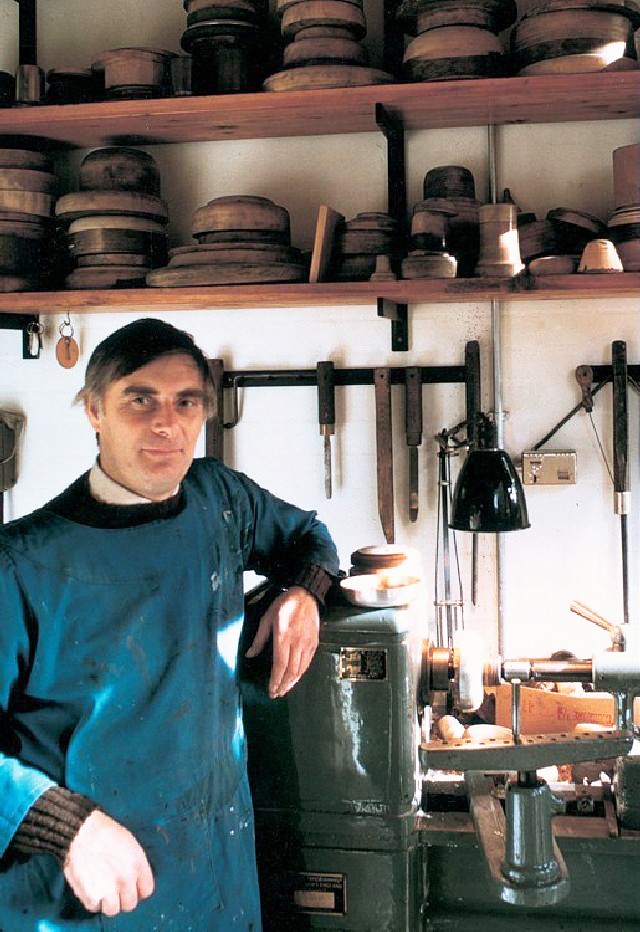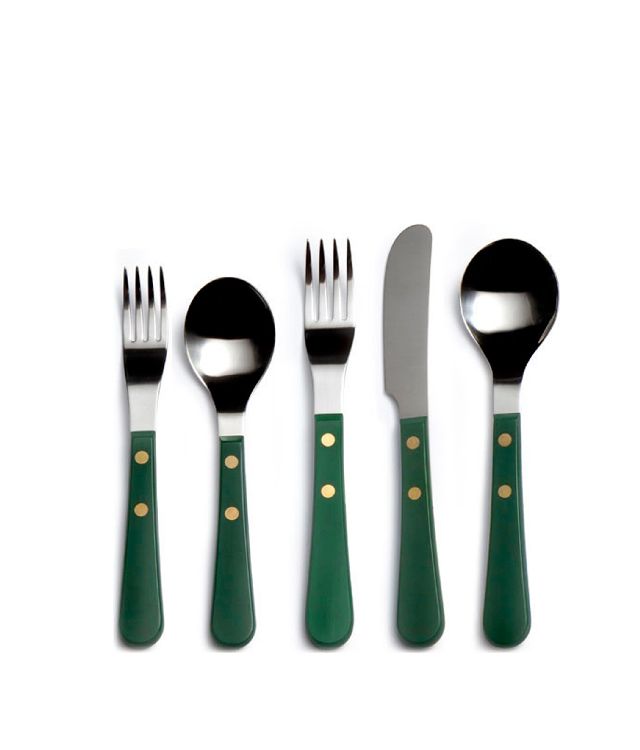
Heath Ceramics Shows Flatware by Designer David Mellor
 |
|
|
In Great Britain, the designer David Mellor (1930-2009) is more than well known – he’s part of the landscape. Although best known for his simple but gorgeous flatware, his designs reach deep into English life, from a square postal box that the public generally disliked to street lights and garbage cans.
“We can sit on David Mellor park benches and wait patiently in David Mellor bus shelters,” his friend and fellow son of Sheffield, the journalist and politician Roy Hattersley wrote, in an appreciation on the designer’s death.
David Mellor Design History, on display at Heath’s San Francisco showroom through April 13, will show Mellor’s “most iconic cutlery designs from the 1950s to today, illustrated through original sketches, technical drawings and flatware prototypes, and objects used in the factory ranging from molding dies and polishing mops to cutlers trays,” Heath promises.
Heath Ceramics, founded by Edith and Brian Heath in Sausalito in the 1950s, was based on a similar modern aesthetic which, like that of Mellor, was linked as well to the earlier Arts & Crafts Movement, with its emphasis on finely crafted objects for everyday use.
“Both David Mellor and Edith Heath designed simple, modern and utilitarian objects that focused on craft in material,” says Catherine Bailey, Heath’s creative director.
 |
|
|
Heath Ceramics continues today after the deaths of its founders. David Mellor Design continues as well, under the direction of Mellor’s son, Corin Mellor. Production takes place in an iconic round house designed in 1990 by architect Michael Hopkins. It is not far from the David Mellor Design Museum.
“I love the balance of design and craft in their work,” Bailey says. “The flatware is beautiful on the table, to start, and it gets even better when you hold the pieces in your hand. If you look at the craftsmanship of the prongs of the fork and curves in between them, or the detail on the knives, it’s remarkable the attention to craft and detail.”
David Mellor, who trained as a silversmith, was “a handsome, bluff, meticulous, self-effacing, but determined Yorkshireman,” according to writer Stephen Bayley of the Guardian, who continued in his obituary:
"He was in every sense a modern industrial designer, and technologically adept, but his spiritual roots were in the Arts and Crafts Movement and its belief, not so much in work-life balance as in work-life integration. To him, the profession of design “is concerned not just with making objects ... but just as importantly with making choices, with choosing what we use, choosing how to live.” There is a special significance in the environments Mellor made for himself, his colleagues and his family (although boundaries were fluid, since life and art and work were inseparable)."
- ‹ previous
- 296 of 677
- next ›



